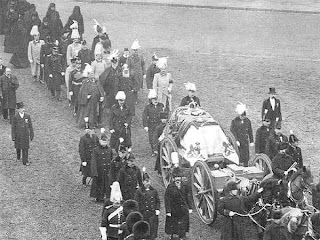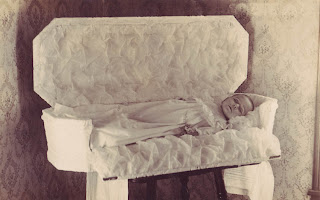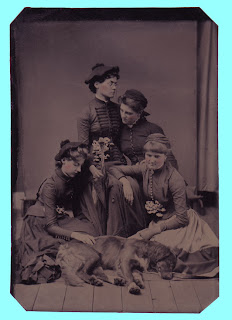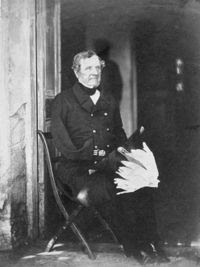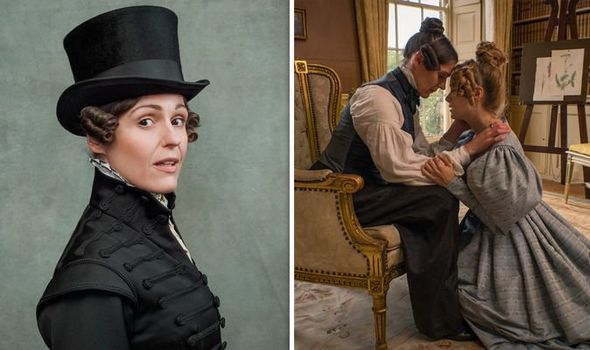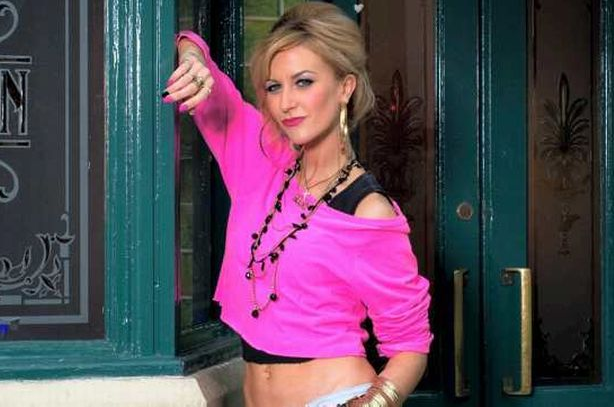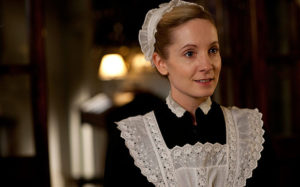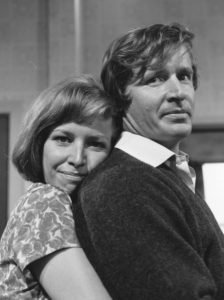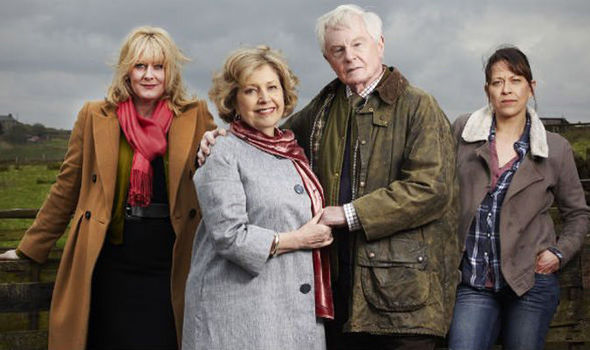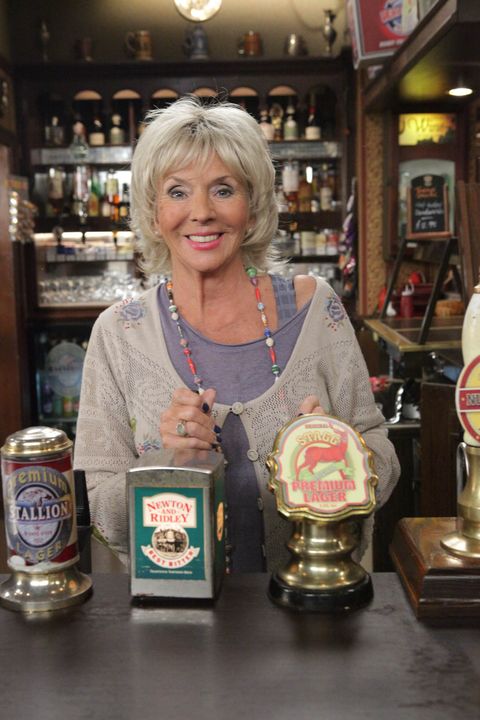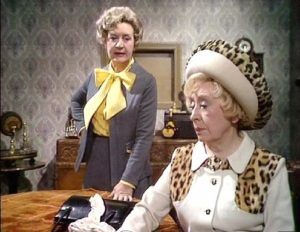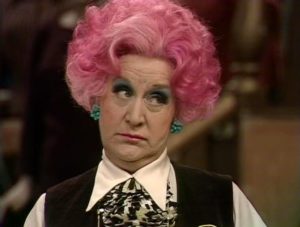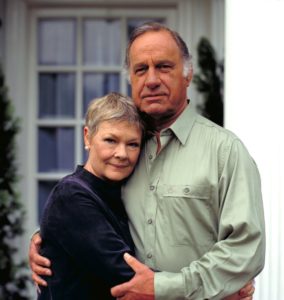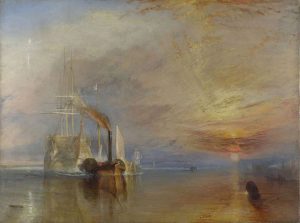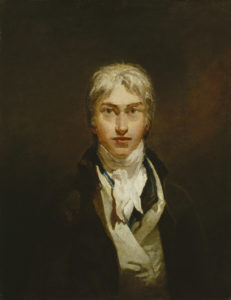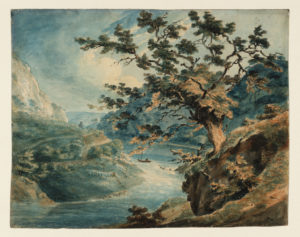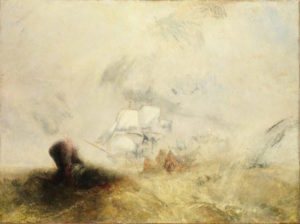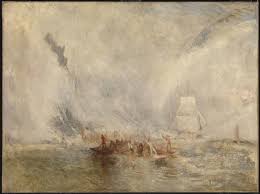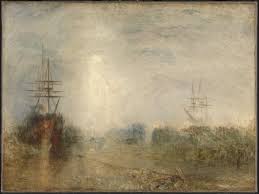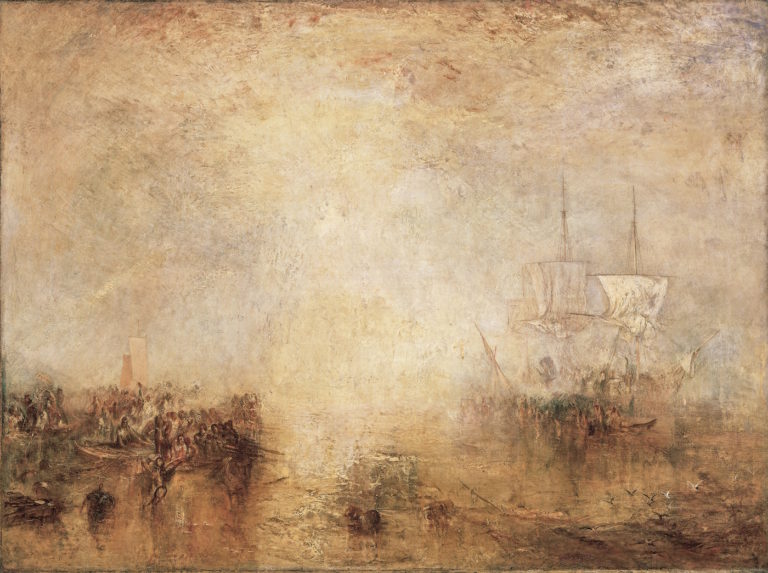 |
| Thomas Creevey |
I am a firm believer in using primary sources when doing research, my personal favorite resource being diaries and letters of the day. Prince Puckler Muskau, Princess Lieven, Horace Walpole, Lady Shelley, etc., etc., etc. all have a place on my shelf and I re-read them frequently. As we’ll be running a few posts using various amusing passages from these letters, I thought that an introduction to both Creevey and his Papers were in order, had you not met them before.
Thomas Creevey was born in Liverpool in 1768, the son of a merchant sea captain who transported slaves. It has been suggested, though never proven, that Creevey was natural son of Lord Molyneux, later first Earl of Sefton. He studied at Queens’ College, Cambridge, and then trained as a lawyer. In 1802, Creevey met and married Eleanor Ord, daughter of Charles Brandling, MP, widow of William Ord, who had six children and a private income – very handy for a man who never earned much on his own. The couple, by all accounts, were very happily married, with Creevey regarding all the Ord children as his own. Also in 1802, thanks to his uncle, Creevey became a Whig MP in the House of Commons. In 1806, the Prime Minister, Lord Grenville, appointed Creevey as Secretary to the Board of Control, but he lost the job when Grenville resigned the following year. After unsuccessfully fighting against the development of the railways, and supporting Lord Grey and his plans for Parliamentary reform, Creevey lost his seat, as a result of those reforms. Grey made him Treasurer of the Ordnance in 1830, and then Lord Melbourne made him treasurer of Greenwich Hospital. From 1818 on, after his wife died, Creevey was a rather poor man, although he remained popular. He is mostly remembered because his writings, including intermittent diary extracts, were published in 1903, under the title of ‘The Creevey Papers’. The book is considered important because of Creevey’s gossipy, almost Pepysian, insights into many of the main characters of the period.
From the Greville Memoirs
February 20th. (1838)—I made no allusion to the death of Creevey at the time it took place, about a fortnight ago, having said something about him elsewhere. Since that period he had got into a more settled way of life. He was appointed to one of the Ordnance offices by Lord Grey, and subsequently by Lord Melbourne to the Treasurer ship of Greenwich Hospital, with a salary of 600l. a year and a house. As he died very suddenly, and none of his connexions were at hand, Lord Sefton sent to his lodgings and (in conjunction with Vizard, the solicitor) caused all his papers to be sealed up. It was found that he had left a woman who had lived with him for four years as his mistress, his sole executrix and residuary legatee, and she accordingly became entitled to all his personalty (the value of which was very small, not more than 300/ or 400l.) and to all the papers which he left behind him. These last are exceedingly valuable, for he had kept a copious diary for thirty-six years, had preserved all his own and Mrs. Creevey’s letters, and copies or originals of a vast miscellaneous correspondence. The only person who is acquainted with the contents of these papers is his daughter-in-law, whom he had frequently employed to copy papers for him, and she knows how much there is of delicate and interesting matter, the publication of which would be painful and embarrassing to many people now alive, and make very inconvenient and premature revelations upon private and confidential matters. … Then there is Creevey’s own correspondence with various people, especially with Brougham, which evidently contains things Brougham is anxious to suppress, for he has taken pains to prevent the papers from falling into the hands of any person likely to publish them, and has urged Vizard to get possession of them either by persuasion, or purchase, or both. In point of fact they are now in Vizard’s hands, and it is intended by him and Brougham, probably with the concurrence of others, to buy them of Creevey’s mistress, though who is to become the owner of the documents, or what the stipulated price, and what their contemplated destination, I do not know. The most extraordinary part of the affair is, that the woman has behaved with the utmost delicacy and propriety, has shown no mercenary disposition, but expressed her desire to be guided by the wishes and opinions of Creevey’s friends and connexions, and to concur in whatever measures may be thought best by them with reference to the character of Creevey, and the interests and feelings of those who might be affected by the conents of the papers. Here is a strange situation in which to find a rectitude of conduct, a moral sentiment, a grateful and disinterested liberality which would do honour to the highest birth, the most careful cultivation, and the strictest principle. It would be a hundred to one against any individual in the ordinary rank of society and of average good character acting with such entire absence of selfishness, and I cannot help being struck with the contrast between the motives and disposition of those who want to get hold of these papers, and of this poor woman who is ready to give them up. They, well knowing that, in the present thirst for the sort of information Creevey’s journals and correspondence contain, a very large sum might be obtained for them, are endeavouring to drive the best bargain they can with her for their own particular ends, while she puts her whole confidence in them, and only wants to do what they tell her she ought to do under the circumstances of the case.
More of Thomas Creevey soon!








